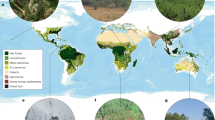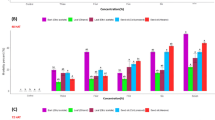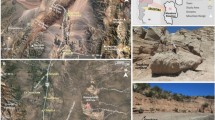Abstract
WHEN I wrote the letter to the Times about Socotra, alluded to in NATURE, vol. xiii. p. 414, I was not acquainted with the excellent topographical memoir on this island by Lieut. J. R. Wellsted, published in the Geographical Society's Journal for 1835 (Journ. R. Geog. Soc. v., p, 129). After perusing it I am more than ever of opinion that Socotra is well worthy of the attention of the naturalist, and may probably possess many most interesting indigenous plants and animals. Unless matters are very different from what they were in 1834, there can be little difficulty in exploring the island, and if, as we are told, it has really become British property, I trust we may not have to wait much longer for some information about its zoology and botany. “Socotran Aloes” and “Dragon's Blood” are at present almost its only known natural products, and Lieut. Wellsted mentions but one native animal—a species of Civet.
This is a preview of subscription content, access via your institution
Access options
Subscribe to this journal
Receive 51 print issues and online access
$199.00 per year
only $3.90 per issue
Buy this article
- Purchase on SpringerLink
- Instant access to full article PDF
Prices may be subject to local taxes which are calculated during checkout
Similar content being viewed by others
Author information
Authors and Affiliations
Rights and permissions
About this article
Cite this article
SCLATER, P. Socotra. Nature 13, 426 (1876). https://doi.org/10.1038/013426b0
Issue date:
DOI: https://doi.org/10.1038/013426b0



